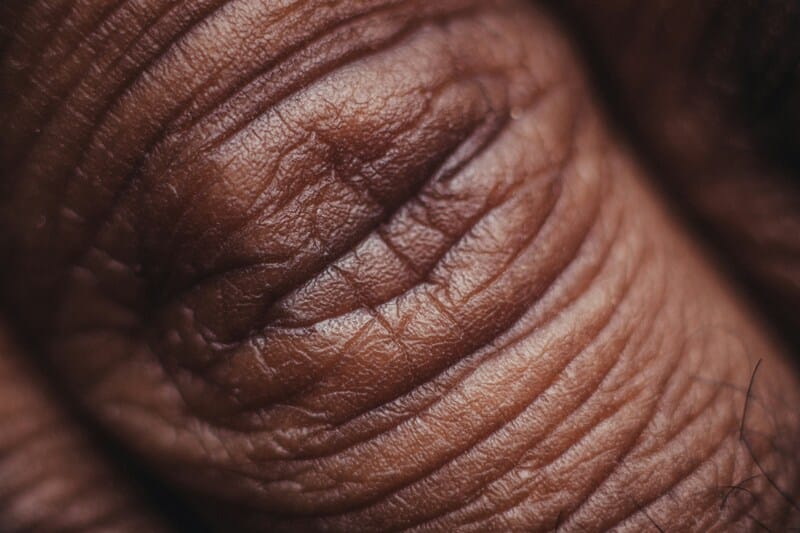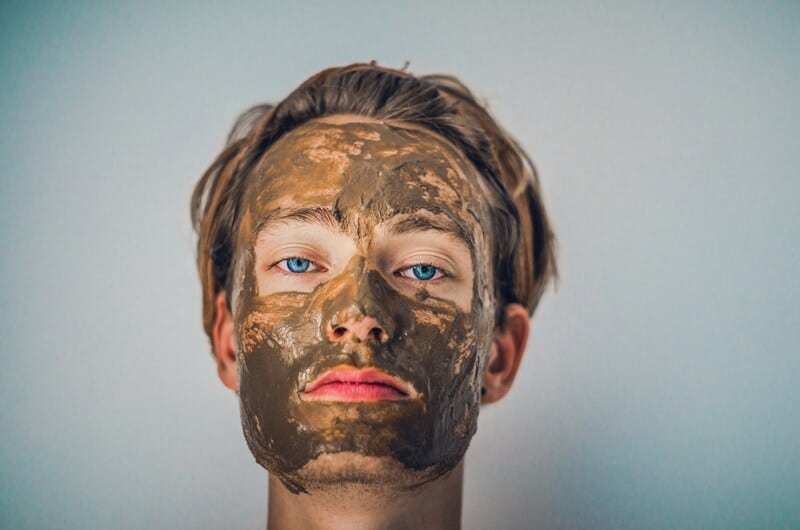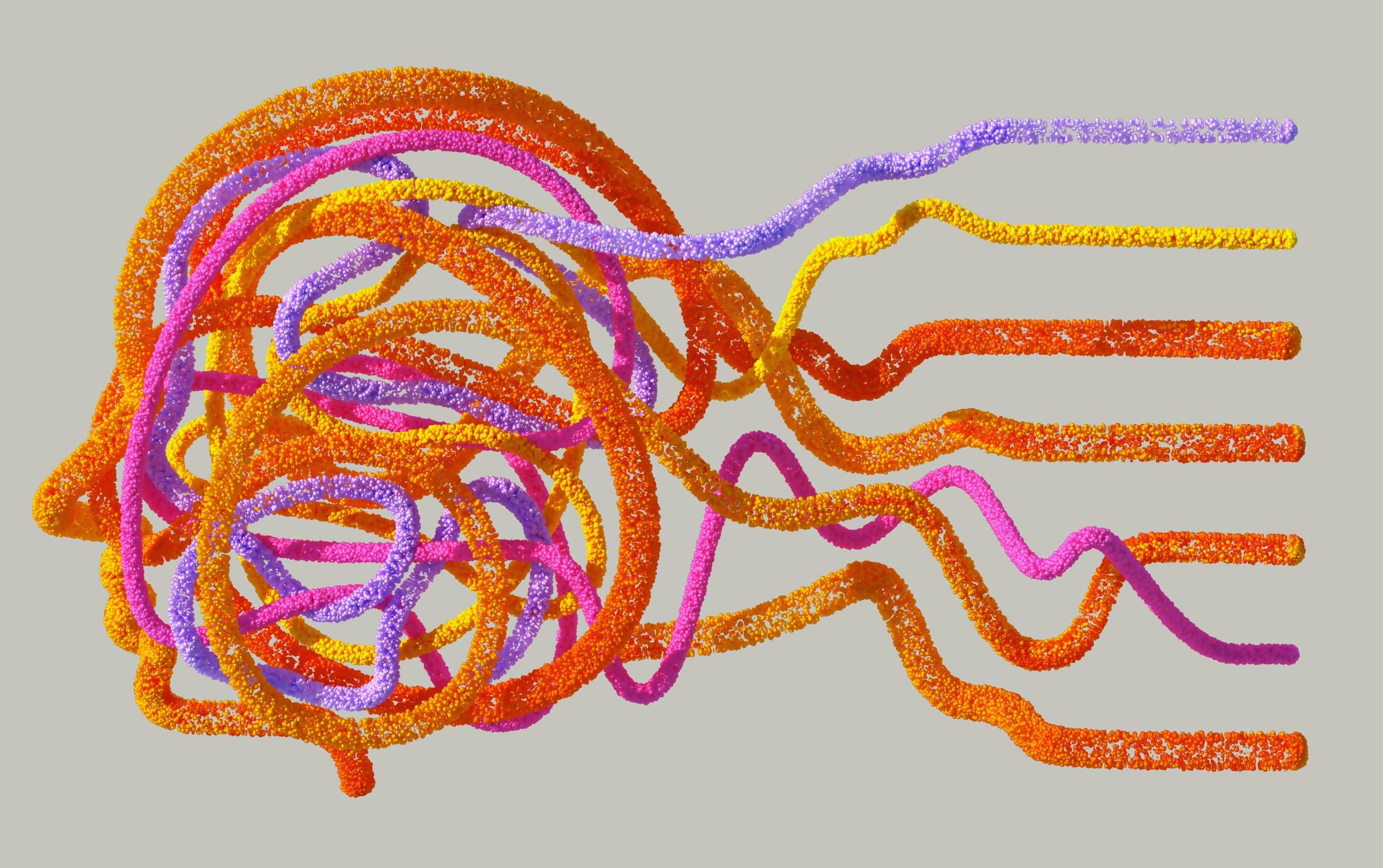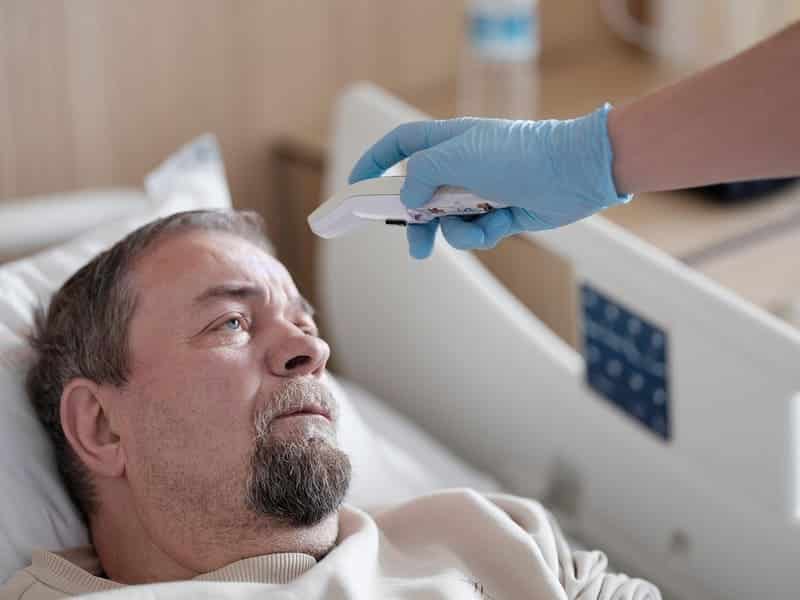An individual with warts has benign growths that develop on their skin and mucosa like the inside of the mouth. Typically, the human papillomavirus (HPV), containing over one hundred subtypes, causes these bumps to develop. In general, warts are considered harmless skin bumps, however, they can cause discomfort and even severe pain, impacting one’s daily life.
Types of Warts
Healthcare providers determine the type of wars by three distinct factors: appearance, the affected part of the body, and the HPV strain causing them. Common warts (Verruca vulgaris) are one of the most prevalent types and affect the hands specifically. Individually, these warts can feel rough and bumpy with black dots, which are dead capillaries. Although HPV types, two and four, are the main causes, other types, including one, three, seven, twenty-seven, and fifty-nine also contribute.
The plantar wart forms on the soles of the feet and tends to be flat or grow inward. Typically, an individual with these bumps struggles with pain when standing or walking. Lastly, HPV types, one, two, and four, are the main causes of plantar warts. Similarly, mosaic warts are whiter, smaller, and less painful, forming on the balls of one’s feet or under a person’s toes. Primarily, HPV type two causes them to develop. Flat warts are another common type found anywhere on the body, and HPV types, three, ten, and twenty-eight cause their formation.
In contrast, the long, thread-like filiform warts are mostly found in the face and are caused by HPV types, one, two, and four. Moreover, genital warts are considered sexually transmitted infections (STIs) affecting the genitals and rectum, and form from HPV types, six and eleven. An individual with Butcher’s warts experiences a less common type, developing on the hands due to handling raw meat. Likewise, a rare condition known as focus epithelial hyperplasia or Heck’s disease causes warts to form inside of a person’s mouth.
Prevalence and Appearance
Despite their harmlessness, warts can be bothersome and affect one’s self-esteem. They can also make regular tasks, including wearing clothes and walking, more difficult or painful. School-aged children are the most at risk, affecting these individuals by 10% to 20%. Besides children, other groups likely to develop them include those with compromised or weak immune systems and those regularly handling raw meat like butchers.
Their appearance varies significantly depending on the type developed. Mainly, they can be smooth, rough, bumpy, flat, or dome-shaped. At the same time, they can share the same look as a cauliflower or have a similar shape to a thread or a finger. Regarding their color, warts can be black, grey, brown, or even skin-colored. Not only that but they may feature tiny brownish or black dots.
In terms of size, warts can range from one millimeter to several centimeters in length. What’s more? One shouldn’t be concerned about discovering multiple warts in or around the same area. While identifying these bumps by oneself is possible, it’s best to reach out to a healthcare provider for information or potential treatment, especially if there’s new skin growth.
Causes

HPV causes the development of warts as it triggers extra cell growth following its invasion of the body. Specifically, the virus enters through small cuts in the skin, forcing the skin’s outer layer to become harder and thicken until it forms a wart. Ultimately, they are found on injured, soft, or moist skin. Although HPV is their biggest contributor, all its forms don’t lead to their development, such as the ones causing cancer. Another thing to know about HPV is that it’s contagious, meaning warts are too. Direct contact, such as skin-to-skin contact or touching a wart, can contribute as well as indirect contact, such as the sharing of personal items with individuals with warts or HPV.
Treatments
Warts can disappear over time on their own, however, at-home remedies may help eliminate them. An individual can use over-the-counter products for treatment or duct tape to cover them to speed up this healing process. With that said, however, removing them alone can lead to certain infections or other health issues. Instead, only a healthcare provider should surgically remove them to avoid problems. Without treatment, they may disappear by themselves with nearly 65% resolved within two years. In particular, someone with a healthy immune system has this quick turnaround. Conversely, those with weaker immune systems may need treatment to remove them.
Final Thoughts
If the over-the-counter medication doesn’t help, an individual should visit their healthcare provider for treatment, especially if severely impacted by warts. For instance, suspicions or uncertainties regarding skin growth require medical attention. Those found in sensitive body areas, such as the face, mouth, rectum, or genitals, should also be looked at by a healthcare provider. Dealing with numerous warts or experiencing bleeding, burning, itching or pain are also prime concerns. Lastly, an individual with a weakened immune system, affected with diabetes, or has a wart appearing on the foot should seek medical help to avoid lasting damage or other potential complications.
Disclaimer: This article is intended simply to provide information. It does not replace the medical advice of a physician or other medical professional. Please speak with your doctor or therapist if you have any questions or concerns.










